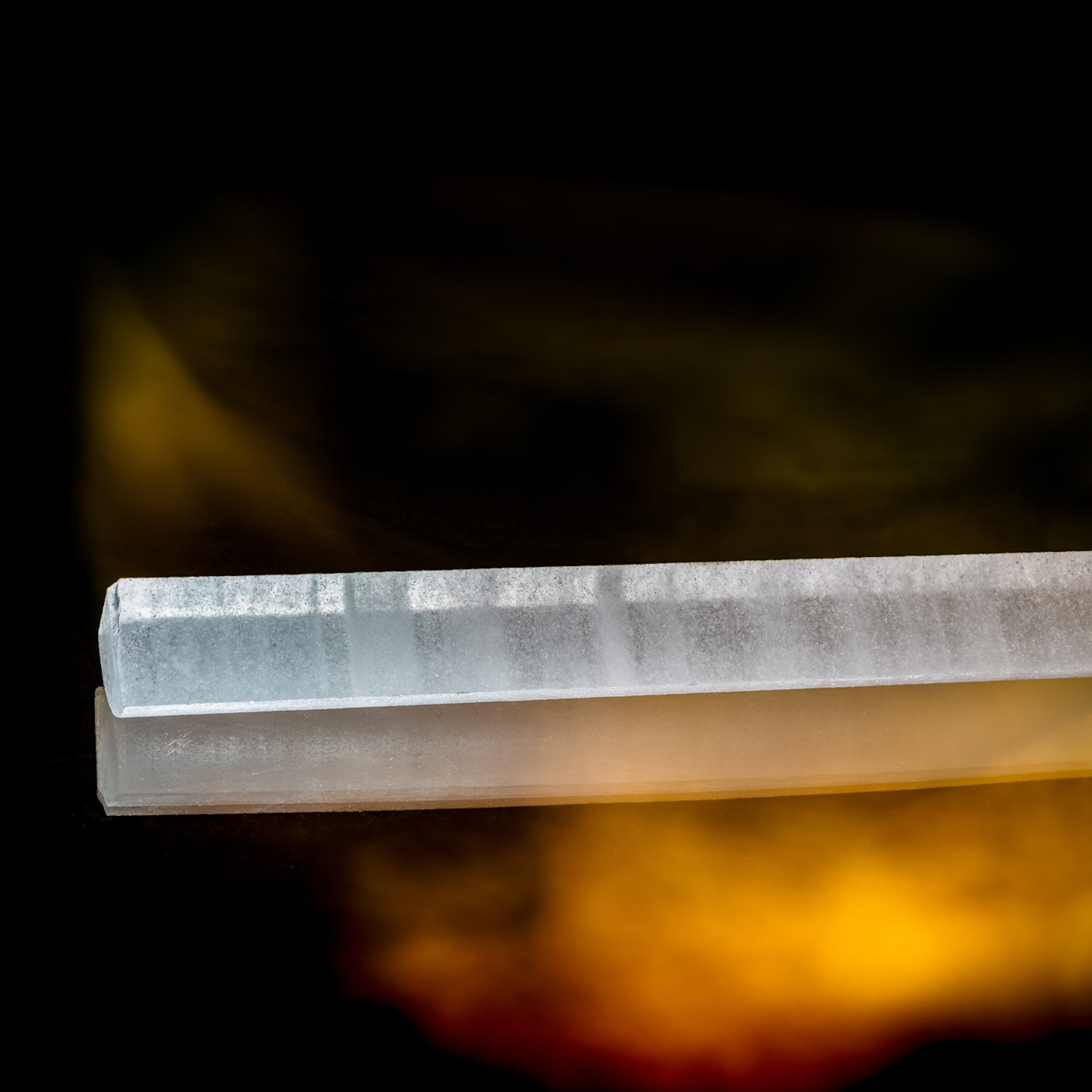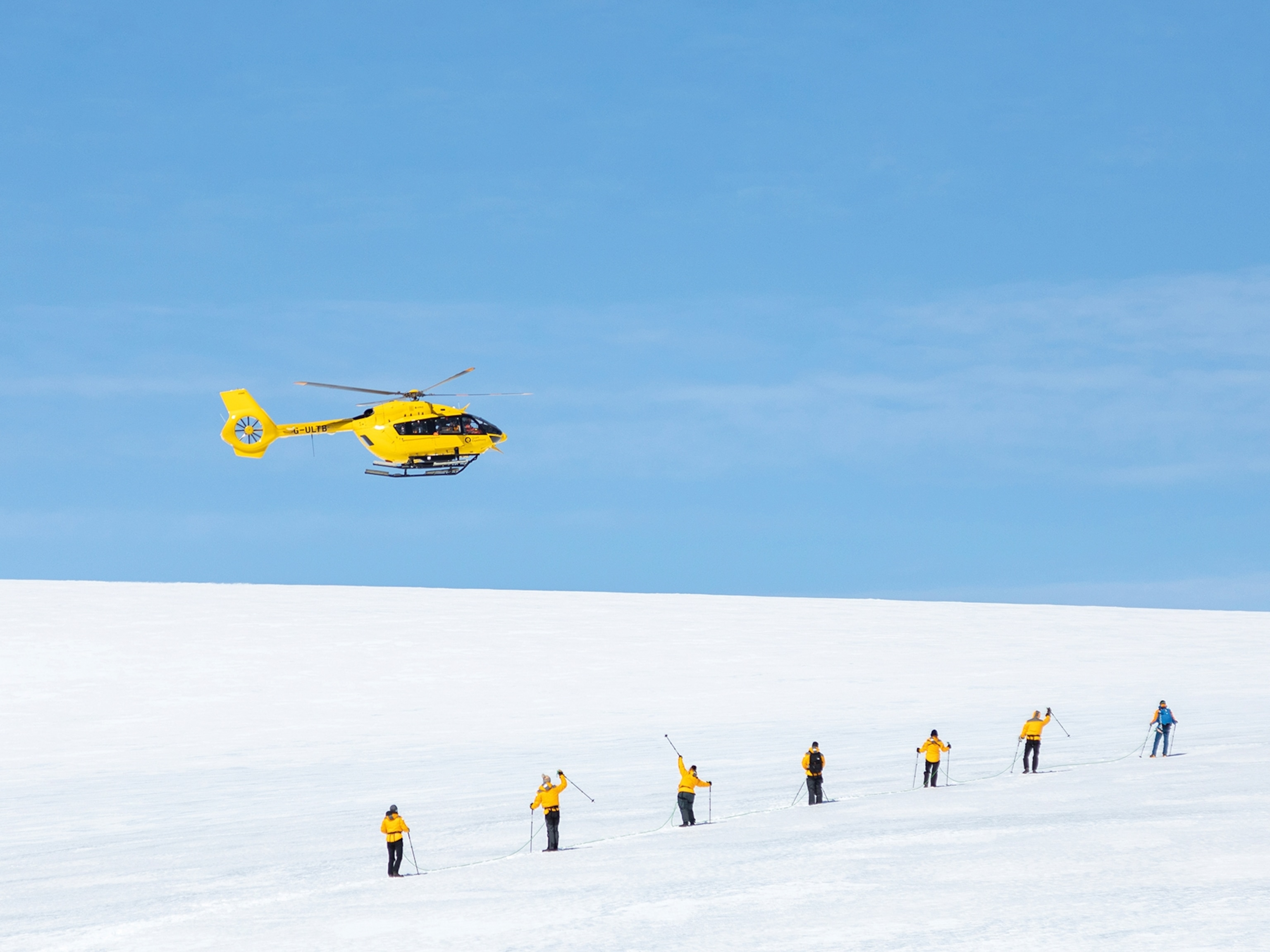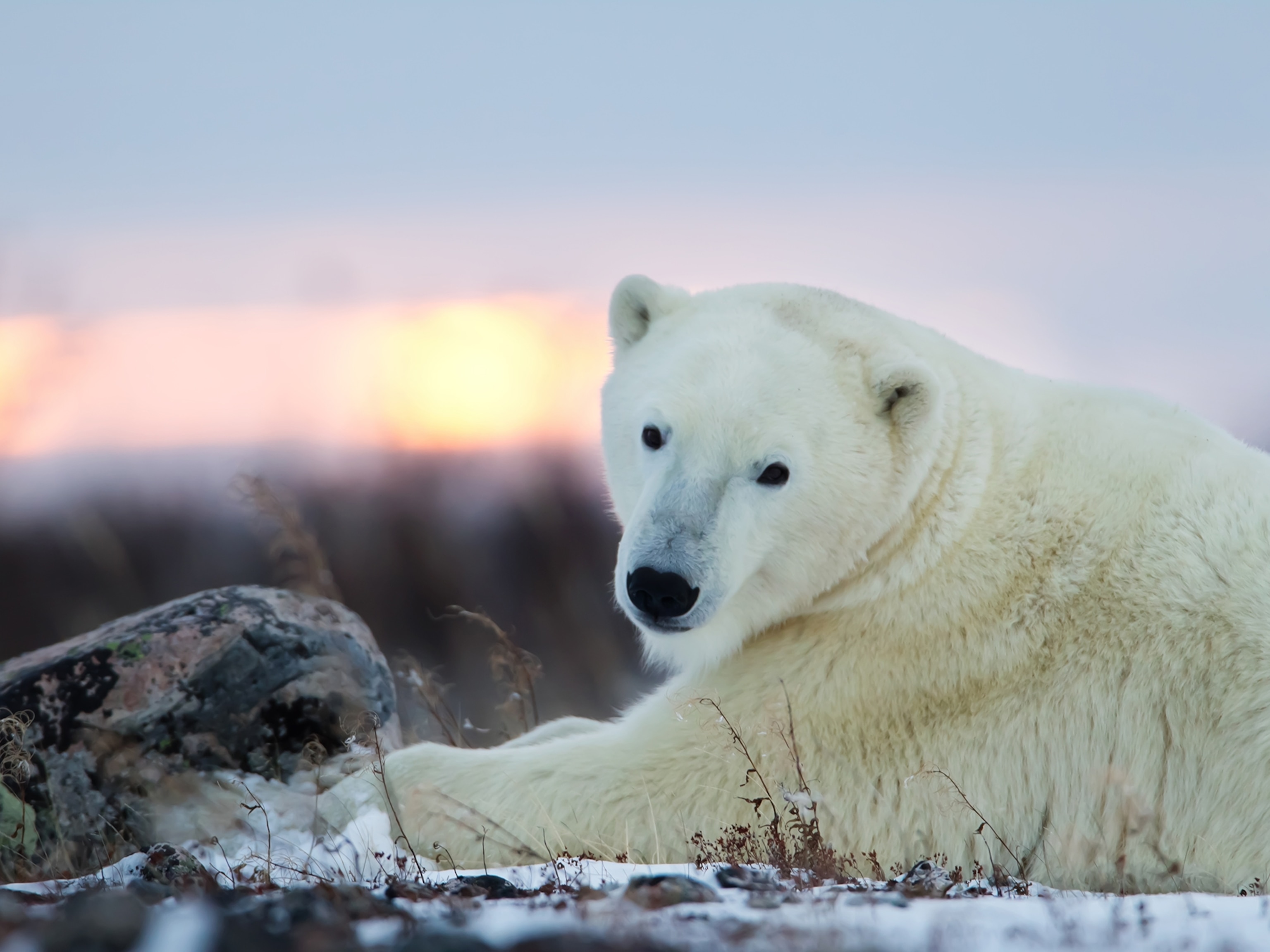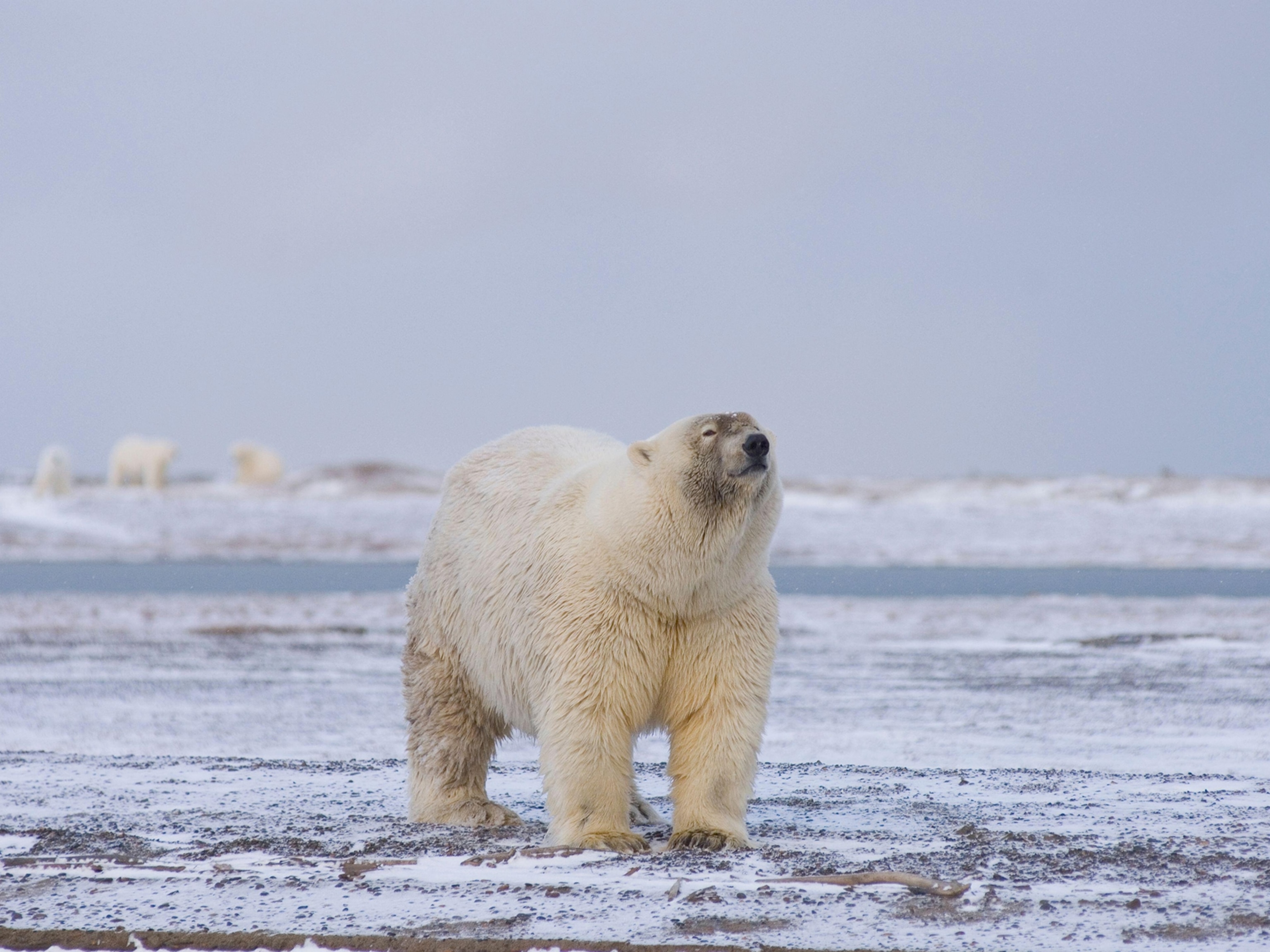
Arctic Ice Isn't Doomed Yet—Here's How to Save It
Crazy warm winters haven't pushed Arctic ice beyond a “tipping point.” Every ton of CO2 we don't emit saves 32 square feet of it.
During the long, sunless Arctic winter, temperatures normally plunge far below zero; sea ice thickens and spreads. But throughout most of 2016, conditions in the Arctic were anything but normal. In mid-November, a month before the full onset of winter, arctic sea ice actually began to melt—more than 19,000 square miles of ice disappeared, a loss on a scale never before seen so late in the year. At the end of December, air temperatures near the North Pole spiked close to the freezing point, about 50 degrees Fahrenheit above normal.
“I started doing Arctic climate work back in 1982 as a young graduate student,” says Mark Serreze, the director of the National Snow and Ice Data Center in Boulder, Colorado. “So I’ve been looking at the Arctic for a long time, and I have never seen anything like this.”
What do these extreme conditions mean for the future? Have our greenhouse gas emissions already doomed us to an iceless Arctic ?
The Arctic ice cap dwindles to its smallest size every September at the end of the melting season, and then begins to grow again. The extent of that minimum cover, Serreze says, has been shrinking by about 13 percent every decade.
The recent temperature spikes and late-season ice loss might have been unprecedented, but they weren’t unexpected—they’re what climate models have predicted might happen when steadily increasing greenhouse warming is added to natural variability.
But are they harbingers of an irreversible, runaway collapse of summer sea ice? Climate scientists once feared that global warming could trigger one. With reduced ice cover, the reasoning went, more solar radiation would be absorbed by open water, and less would be reflected into space. Eventually the ocean would absorb so much heat that summer sea ice would no longer form—the Arctic would have passed a tipping point.
But in an influential paper published in 2011, four researchers at the Max Planck Institute for Meteorology in Hamburg, Germany, argued that Arctic ice doesn’t have a tipping point. If you completely remove it in summer, the researchers' computer simulations showed, the ocean loses so much heat in winter that ice regrows more rapidly, and some of it survives the following summer. Observations support the idea; sea ice rebounded modestly after hitting a record low in September 2007.
“Believe it or not, given the ongoing trend of loss of Arctic sea ice, sea ice has some incredible resistance against its disappearance,” says Dirk Notz, one of the authors of the paper. “Just now for example, we have these vast areas of open water in direct contact with the usually cold winter atmosphere. And despite those temperature spikes we had in December, big parts of the Arctic are cold now. In these areas of open water there is a massive heat loss from the ocean to the atmosphere, much more heat loss than if that region was ice covered. I would expect the ice to grow relatively rapidly to compensate for at least some of those extreme events we’ve had over the past couple of months.”
Although sea ice might not ever pass a tipping point, the same cannot be said for the immense ice sheet that covers Greenland. As global temperatures rise, Greenland’s ice sheet will continue to lose mass; the height of the ice sheet will steadily decrease as it melts, exposing it to warmer temperatures at lower elevations.
“At some point you can’t stop the disappearance of the Greenland ice sheet anymore,” says Notz. “That is what I would consider a clear tipping point.”
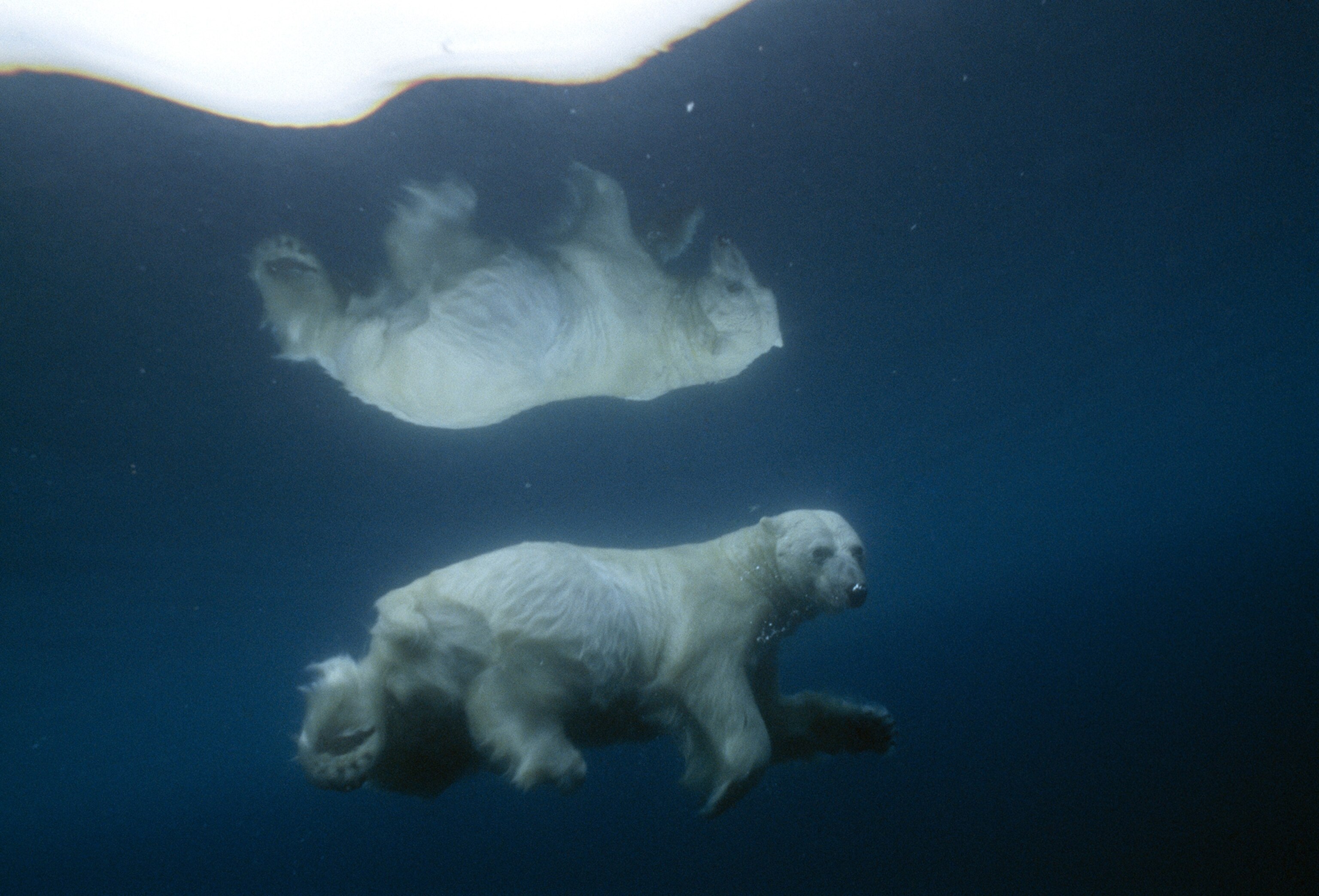
Adjusting the Thermostat
Notz emphasizes that there are limits to the resilience of Arctic sea ice. Eventually, iceless Arctic summers will become the norm if we don’t rapidly reduce our burning of fossil fuels. In a recent paper in the journal Science, he and a colleague found a direct link between carbon dioxide emissions and sea ice loss. Specifically, they showed that for every ton of CO2 emitted, three square meters of sea ice, around 32 square feet, disappears.
“Every person in Germany emits around 10 tons of CO2 per year,” says Notz. “I think in the U.S. it’s about 16 tons. That allows me to calculate my own contribution to Arctic sea ice loss here in Germany—about 30 square meters every single year.
“It suddenly becomes very clear how we all contribute to this loss of Arctic sea ice. It’s not something that happens by chance. Whenever we fly somewhere or drive our car, we can sit down afterwards and calculate how much sea ice we’ve just melted.”
If our civilization belches another 700 to 1,000 gigatons of CO2 into the atmosphere, says Notz—about 20 to 25 years’ worth, at current rates—the Arctic’s summer ice will vanish. That’s about the emissions level compatible with the Paris Climate Agreement, which commits the world’s nations to limit global warming to no more than 2 degrees Celsius (3.6 degrees Fahrenheit) above preindustrial levels. The Paris agreement also calls upon nations to eventually pursue a more ambitious 1.5-degree target, a number that might allow sea ice to survive year round.
There is some good news: By cutting our greenhouse gas production, Arctic sea ice would almost immediately stabilize. “If we could halve our emission rates magically next year,” Notz says, “then we would have twice as long until the ice is gone.”
The bad news is we’re not doing anything like that. “I think we’ll continue on the path we’ve been seeing: a downward trend at a pretty rapid clip with a lot of ups and downs from year to year,” Serreze says. “You might even get to a point with an ice-free summer, say maybe 2030, and then through natural variability you might recover for a decade.
“What we have observed over the last two winters has really raised our eyebrows.”
Follow Tim Folger on Twitter.


